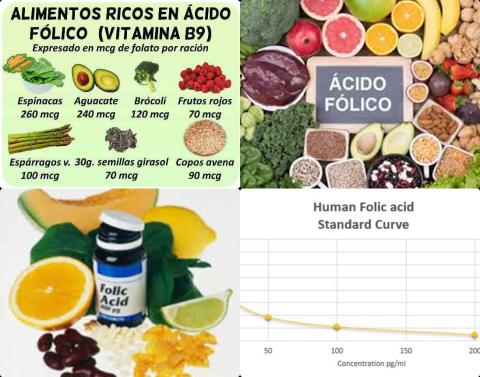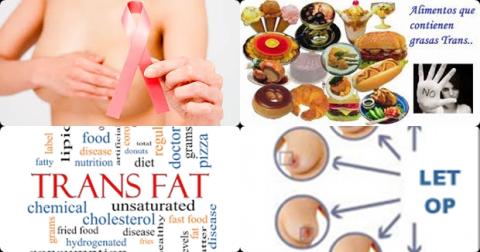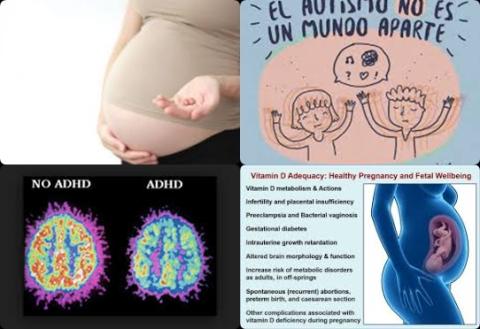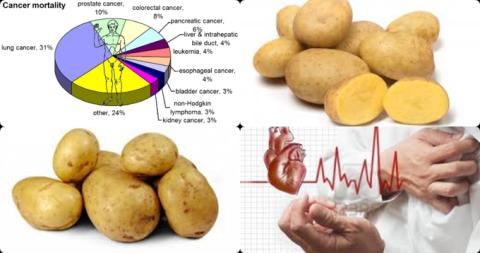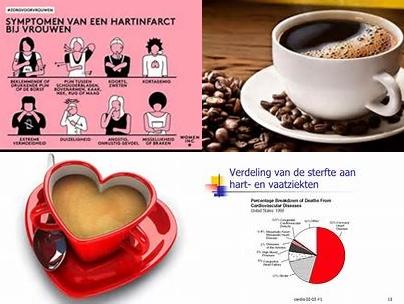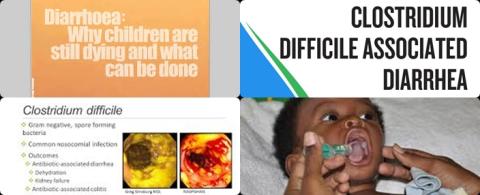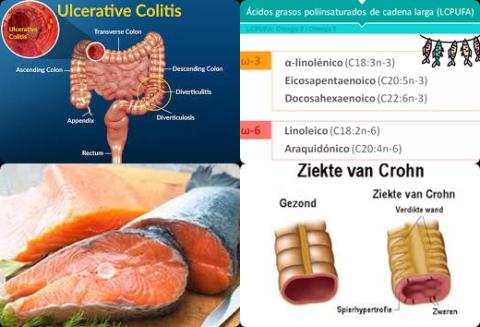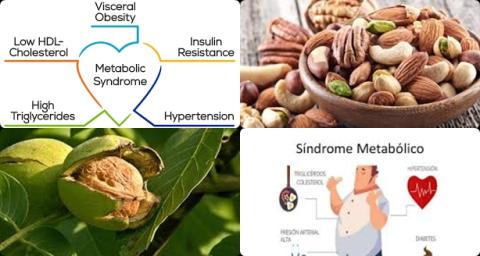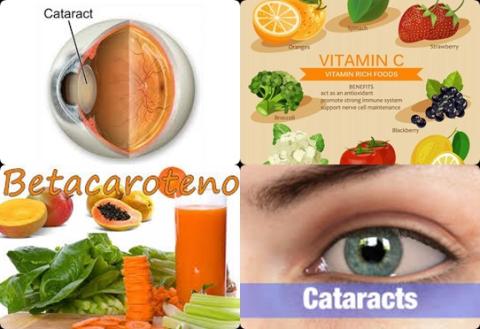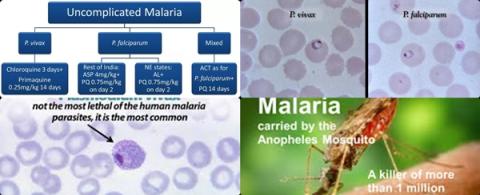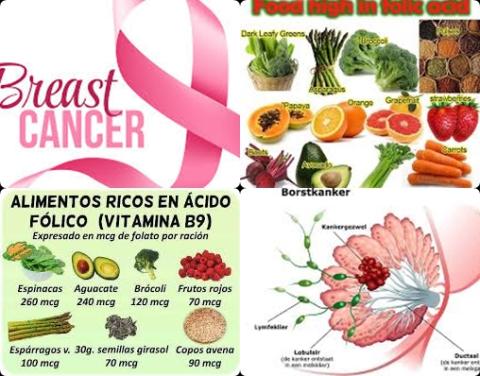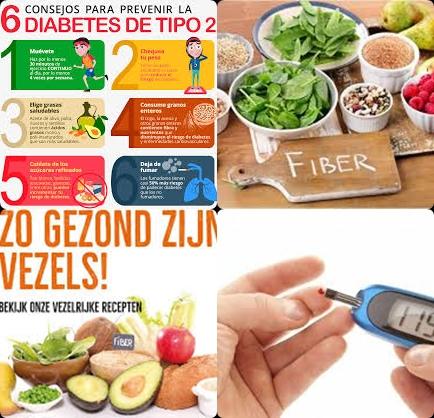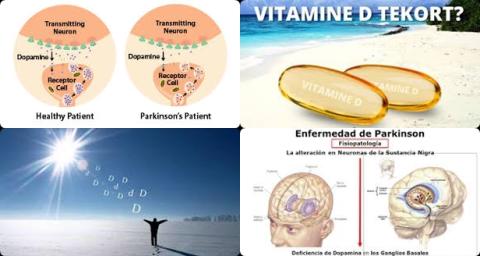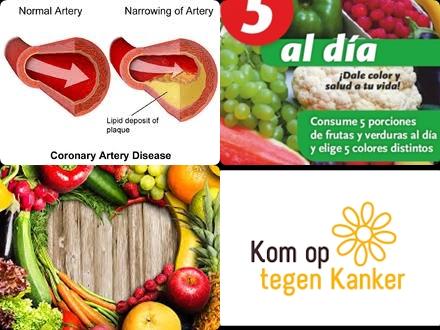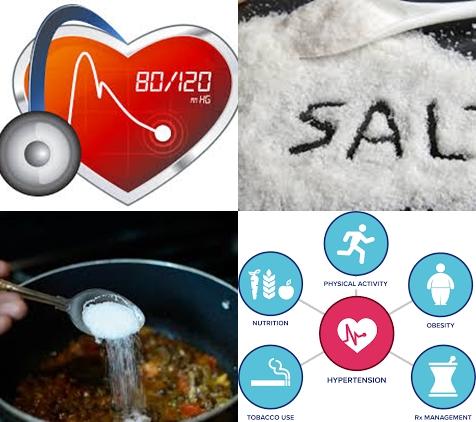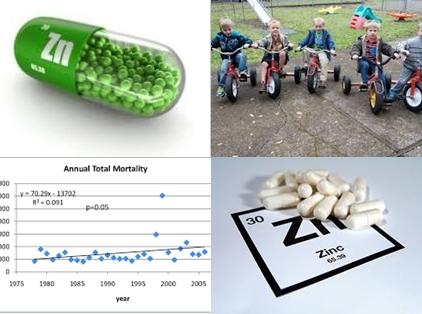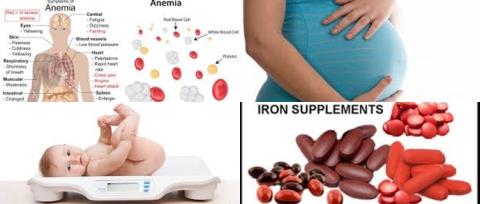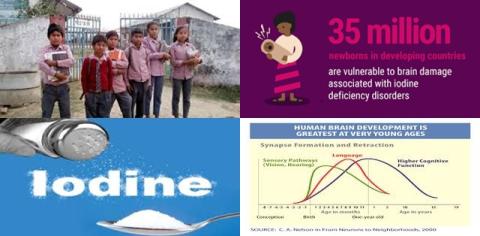Blood group O primiparous women are more susceptible to active placental P. falciparum infection
Objectives:
Malaria clinical outcomes vary by erythrocyte characteristics, including ABO blood group, but the effect of ABO blood group on asymptomatic, uncomplicated and placental Plasmodium falciparum (P. falciparum) infection remains unclear. Therefore, this review article has been conducted.
What are the effects of ABO blood group on asymptomatic, uncomplicated and placental Plasmodium falciparum (P. falciparum) infection (malaria infection) in the published literature?
Study design:
This review article included 42 for systematic review and 37 for meta-analysis. Most studies (n = 30) were cross-sectional, 7 were prospective cohort and 5 were case-control studies.
Results and conclusions:
The investigators found meta-analysis showed similar odds of uncomplicated P. falciparum infection among individuals with blood group A [summary OR = 0.96, 95% CI = 0.81-1.12, I2 43.5%, 15 studies], B [summary OR = 0.89, 95% CI = 0.72-1.06, I2 = 57.8%, 15 studies], AB [summary OR = 0.85, 95% CI = 0.59-1.10, I2 = 48.0%, 10 studies] and non-O [summary OR = 0.95, 95% CI = 0.81-1.09, I2 = 55.3%, 17 studies] as compared to those with blood group O.
The investigators found meta-analysis of 4 cohort studies also showed similar risk of uncomplicated P. falciparum infection among individuals with blood group non-O and those with blood group O [summary relative risk = 1.03, 95% CI = 0.84-1.22, I2 = 57.3%].
The investigators found meta-analysis of 6 studies showed similar odds of asymptomatic P. falciparum infection among individuals with blood group A [OR = OR 1.05, 95% CI = 0.84-1.27, I2 = 0.0%], B [OR = 1.03, 95% CI = 0.82-1.24, I2 = 22.2%], AB [OR = 1.23, 95% CI = 0.82-1.64, I2 = 0.0%] and non-O [OR = 1.07, 95% CI = 0.90-1.24, I2 = 23.1%] when compared to those with blood group O.
However, odds of active placental P. falciparum infection was significantly lower in primiparous women with non-O blood groups [OR = 0.46, 95% CI = 0.23-0.69, I2 = 0.0%, 3 studies], particularly in those with blood group A [OR = 0.41, 95% CI = 0.003-0.82, I2 = 1.4%, 4 studies] than those with blood group O.
The investigators concluded that ABO blood group does not affect susceptibility to asymptomatic and/or uncomplicated P. falciparum infection. However, blood group O primiparous women are more susceptible to active placental P. falciparum infection.
Original title:
Effect of ABO blood group on asymptomatic, uncomplicated and placental Plasmodium falciparum infection: systematic review and meta-analysis by Degarege A, Gebrezgi MT, […], Madhivanan P.
Link:
https://www.ncbi.nlm.nih.gov/pmc/articles/PMC6346527/
Additional information of El Mondo:
Find more information/studies on food fortification/malnutrition and malaria right here.
